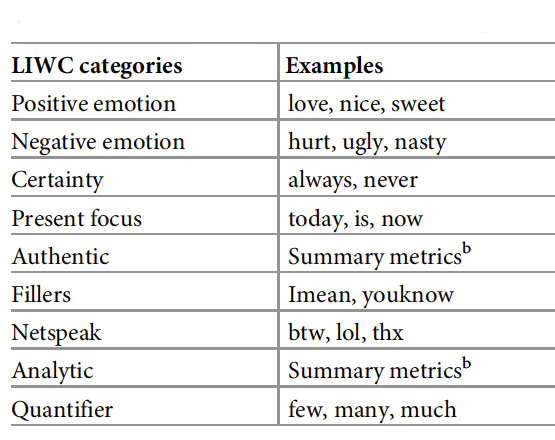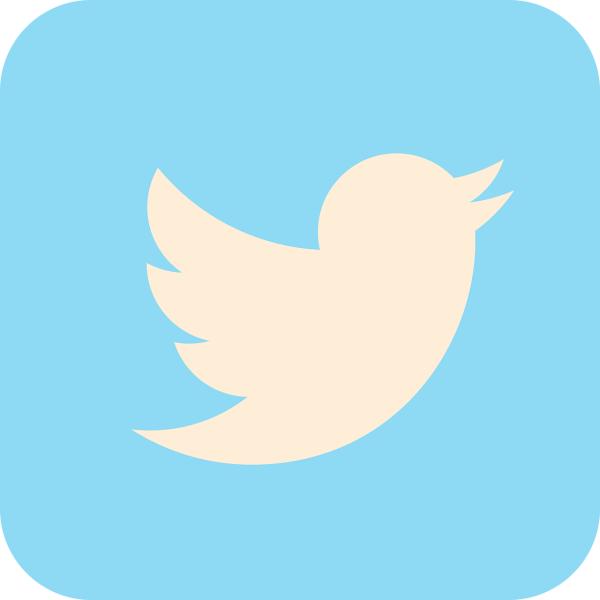The researchers were interested in when journalists used more intuitive language associated with System 1 (gut, visceral) thinking instead of System 2 more analytic, balanced words. The research used tweets of 73 campaign reporters identified by Politico in the 12-month 2016 presidential election campaigns.
- 21% Democratic, 8% Republican, 22% Independent, 49% not registered
- 61% male, 63% covered at least one prior presidential election
- Across all media, print, web, magazine, television, and radio

The language used by these reporters was grouped into their Tweets and their reporting in the non-social media. The language was analyzed using a Linguistic Inquiry and Word Count (LIWC) tool, categorizing words along several dimensions, positive and negative emotions, certainty, etc.
The findings
Journalists wrote from their System 1 brains on Tweeter compared to their mainstream media reporting:
- Used more emotion-laden words (both positive and negative)
- They were more confident in their views
- Were more focused on the present event rather than comparing it to prior presidential elections
- They were more “authentic,” trying to be one with their audience, using more fillers and netspeak – being a friend, “dishing the dirt.”
They wrote less from their System 2, analytic brains on Twitter than in their “reporting.”
- Fewer analytic words
- Fewer quantifying terms and numbers
All of these findings were more pronounced for print media than radio or television broadcasting. In this graphic, words closer to the diagonal are more equally found on Twitter and non-social media; those further away are found more often in one or the other.
“… reporters were significantly more likely to use language that was emotional and focused on the present when they were on Twitter. Journalists’ language in tweets also contained more certainty but included fewer analytical words and fewer numerical terms than their news articles, suggesting self-validating and intuitive reasoning.”
Why would journalists abandon the fourth estate?
The fourth estate, as a reminder, refers to the power of journalism, compared to the other traditional sources of power, the clergy, nobility, and commoners. Journalists’ power derived from independence and being outsiders, at least to the first two of the estates. But the research strongly suggests that journalists speak from a more passionate, subjective persona on social media while trying to maintain a more objective “outsider” persona in traditional or mainstream media. Those are entirely different approaches, and much of our hand-wringing about the plight of journalism is a reflection of the unease we experience trying to mash those personas together.
The researchers offer up several salient reasons for this journalistic behavior.
“Twitter had a direct impact on journalists’ workflow by promoting “speed-driven content through emerging news routines that demanded more frequent micro-updates.”
The 24-7-365 news cycle the endless “Braking News” all make the time required for analysis and thoughtful speech too costly. In the attention economy, it is better to be first – taking a page from the Big Tech playbook that spawned social media; it is better to ask for forgiveness than permission (or at least in this case, accuracy).
“Twitter’s cultural milieu of informality can lead journalists to take an informal, personalized, and less analytical approach… [infusing] humor and personal opinions in their tweets to engage with a wide audience and to establish personal branding.”
To garner attention, one must, it seems, speak with the authenticity of a friend, someone who might be chatting you up over a beer or coffee. I rarely anticipate my friends launching into well thought out and structured “positions;” the authenticity offered by journalists is a superficial version of what social media was to provide, a chance for friends, not tribes, to gather. We must also acknowledge that the changing shape of mainstream media's business has shifted; you do not see as many writers remaining for their careers at one outlet. That is, in part, due to less loyalty on the part of their employers and because they can often earn more money writing for themselves elsewhere. A “stringer” for the New York Times does not have the personal branding to go out independently. But consider their lead columnists; aren’t you more invested in their viewpoint than their platform?
“The medium is the message.” – Marshall McLuhan
That now ancient meme captures the problem of using social media as our source of information. It is designed to capture and maintain our attention, and it does so by appealing to our intuitive, emotional side, not our analytic. This is what was fashioned and has captured a network of readers. The authors of the material being read, the journalists, have been captured as well, competing to be first, with “an informal, personalized, and less analytical approach.” This shapes the news we read because to be a big deal on Twitter, you need to push those emotional buttons, while the actual news content is a secondary consideration. Journalists have abandoned their Fourth Estate role for the Fifth Estate, social media. We have supported that shift as newsreaders, so we bear culpability too. We can clean up social media’s news presentation simply by turning it off. Why not commit to reading long-form pieces for a week or so. I believe it will leave you better informed and a lot less angry.
Source: Anchoring in the past, tweeting from the present: Cognitive bias in journalists’ word choices PLOS One DOI: 10.1371/journal.pone.0263730




